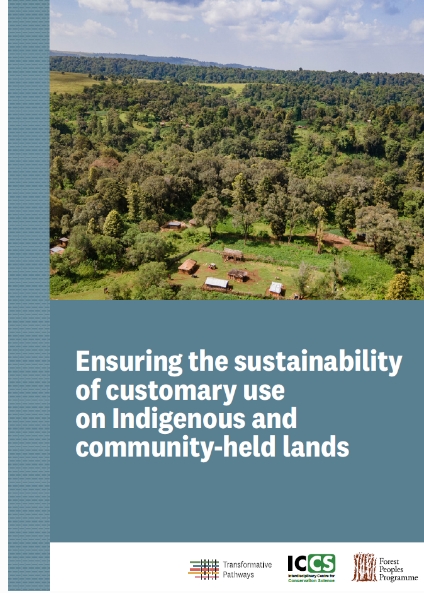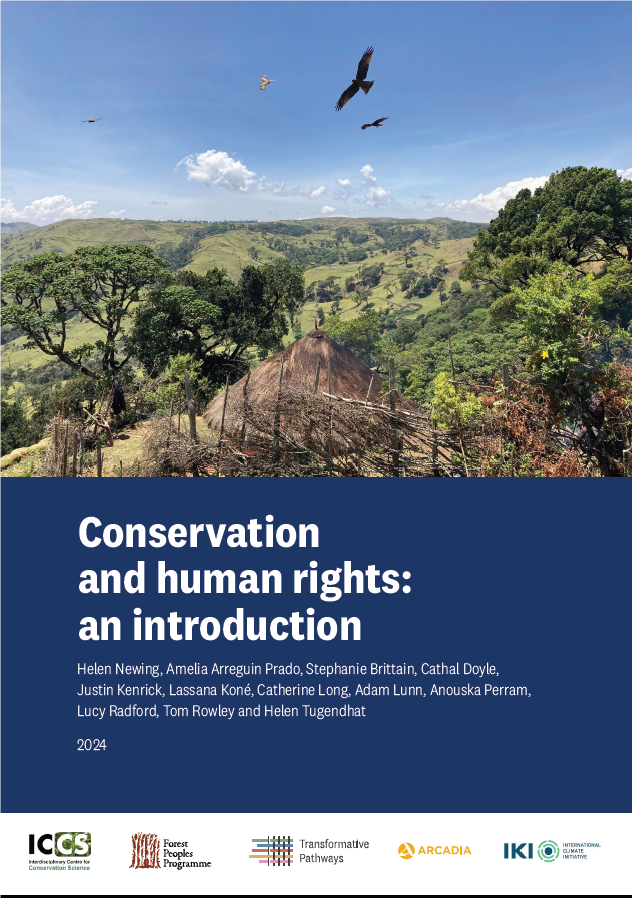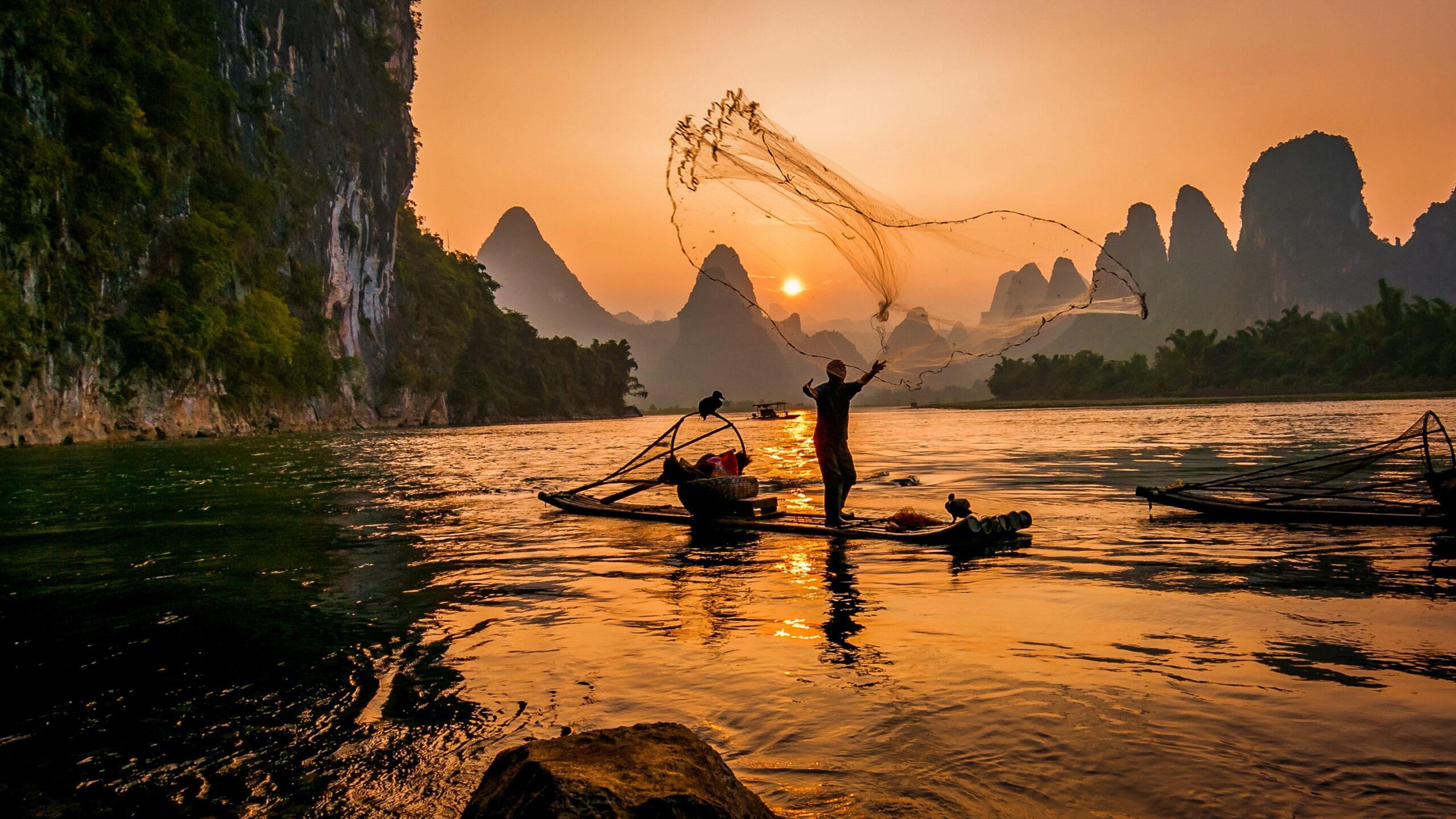University of Oxford
11a Mansfield Rd
OX1 3SZ
UK
Project outline
The overall goal is that long-term biodiversity conservation and sustainable use by indigenous peoples and local communities (IPLCs) is better recognised, supported, scaled up and embedded in all aspects of the post-2020 Global Biodiversity Framework. It will strengthen local level actions of IPLCs in six countries for self-determined sustainable land and resource governance and biodiversity conservation, ensuring the development and piloting of local approaches. It builds on local experience to engage national level actors to create an enabling environment for scaling up support to local contributions to biodiversity as part of achieving global and national Aichi targets. It combines this with effective partnerships and mechanisms for full participation of IPLCs in National Biodiversity Strategies and Action Plans (NBSAP) processes at national level and global Convention on Biological Diversity (CBD) processes, including monitoring and reporting. It draws lessons from local and national experiences to disseminate at regional and global levels.
Objectives
The overall goal of this project will be achieved through work in six partner countries and at regional and global levels:
(i) IPLCs undertake local initiatives for self-determined land and resource governance for biodiversity conservation, sustainable use and benefit-sharing
(ii) Development of new national partnerships and enabling measures to support the above
(iii) Development of effective partnerships and accessible mechanisms for full and equitable participation of IPLCs in NBSAP processes and in global CBD processes
(iv) Documentation, exchange, analysis and wider dissemination of lessons learned at local, national and global levels
Summary of activities:
ICCS is approaching this project from both sides of the spectrum- by working with project partners to increase their capacity and the capacity of indigenous peoples and local communities (IPLCs). We are:
- Developing, piloting and tailoring a set of innovative tools and approaches with input from partners and communities to monitor biodiversity.
- Providing training and accompanying in-country partner organisations in wildlife population monitoring methods and participatory monitoring. Currently we are working mainly with the Ogiek of Mount Elgon in Kenya through their community organisation Chepkitale Indigenous People Development Project (CIPDP), and with communities in northern Thailand through Inter Mountain Peoples’ Education and Culture in Thailand Association (IMPECT) and Pgakenyaw Association for Sustainable Development (PASD).
- Supporting partners to demonstrate their contributions to biodiversity conservation to external audiences, including by developing reporting processes to monitor the health of local biodiversity of importance to them.
- Developing sustainable use plans for non-timber forest projects and biodiversity, where required.
- Stimulating positive change and improving the capacity for effective, equitable engagement with IPLCs by the conservation sector by developing resources for conservation actors.
- Providing a platform for IPLCs to share their perspectives to a conservation audience through strategic publications and presentations.
Project outputs
Guidance document
Introduction-to-community-based-environmental-monitoring
This guide is for the local organisations working with communities (e.g. community-based organisations and local non-governmental organisations), which are facilitating Indigenous Peoples and Local Communities (IPs and LCs) to design and implement environmental and biodiversity monitoring activities on their lands. The guide includes approaches and considerations for all aspects of environmental monitoring, but with a particular focus on biodiversity monitoring in response to the needs and priorities set by partners of the Transformative Pathways Project.
The guidance is also available in Spanish, French, Swahili and Thai.

Ensuring the sustainability of customary use on Indigenous and community-held lands
This guide is for local organisations (e.g. community-based organisations and trusted local non-governmental organisations) which are supporting Indigenous Peoples and local communities (IP & LCs) in their desire to assess the sustainability of natural resources on their lands (both terrestrial and marine), and implement activities to ensure that this use is sustainable, where necessary. It can also be used by Indigenous Peoples and by local community groups directly. In this guidance, we’re looking at sustainability simply as making sure natural resources are used in a way that doesn’t decrease their amount, ensures nature can keep working properly, and aligns with community understandings about responsibilities to future generations.
This guidance is also available in Swahili, French, Spanish and Thai.

Conservation and human rights: an introduction
This publication was produced through a collaboration between conservationists in ICCS and human rights experts from Forest Peoples Programme. It provides comprehensive guidance for conservationists on human rights requirements for the first time. It also sets out several practical tools for implementing human rights-based conservation.

Project outputs
Peer-reviewed publications
Conservation policy is shifting to a greater focus on rights and equity, and supporting this shift is a rational next step for conservation science.
Key themes include procedural, methodological and ethical aspects of participation. We present 14 principles for good practice to participation in research. Together, they provide a novel framework for equity into conservation research.

Newing, H., Fisher, M., Brittain, S., Kenrick, J., & Milner-Gulland, E. (2023). How can we advance equitable, rights-based conservation? Oryx, 57(3), 273-274.
This paper was part of a special issue on human rights and conservation. Another paper in this issue, ‘We are our land – Ogiek of Mount Elgon, Kenya: securing community tenure as the key enabling condition for sustaining community lands‘ focuses on one of the sites we are working at through the Transformative Pathways project.

Brittain, S et al. 2021. Conservation and the rights of Indigenous peoples and local communities: looking forwards. Oryx 55(5): 641-642. DOI: https://doi.org/10.1017/S0030605321000946

Milner-Gulland EJ (2024) Now is the time for conservationists to stand up for social justice. PLoS Biol 22(6): e3002657. https://doi.org/10.1371/journal.pbio.3002657

